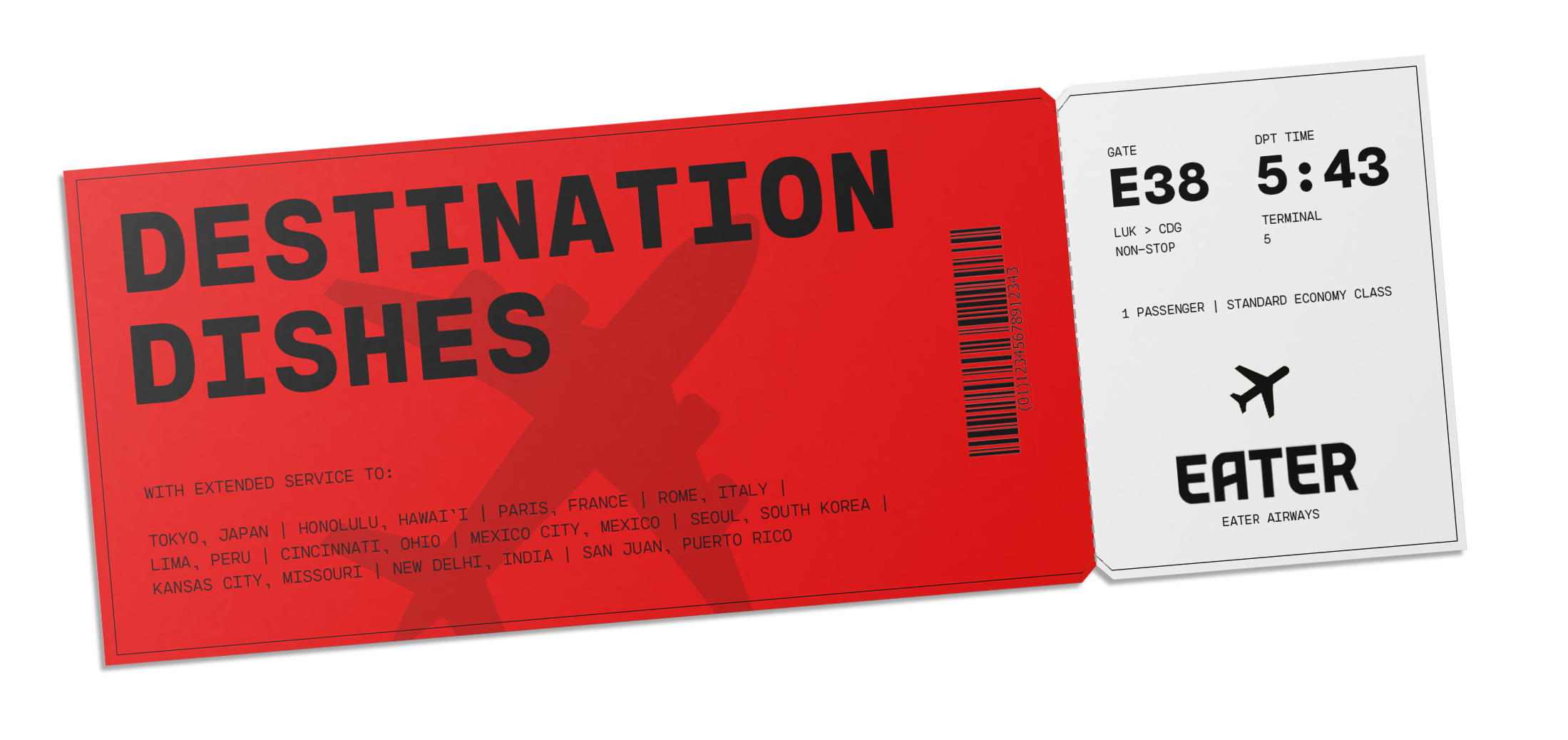
Ryan Siphers/Eater
For the uninitiated, poke (this means that “to chop” or “to slice” in Hawaiian) is maximum repeatedly a dish of uncooked, chopped fish and onions, seasoned with soy sauce and sesame oil. It’s not some overwrought bowl with additional toppings and kale, categorised as poké or poki at the menu at a bougie fast-casual outlet such as you see at the Mainland. Regardless that you’ll in finding all kinds of permutations at the sauces and components, starting from cooked seafood like shrimp and clams to even non-seafood components, corresponding to beets and pork, there are actually simply 3 sorts of poke, most often made with ‘ahi, that locals love maximum. The primary is shoyu, the aforementioned selection with soy sauce and sesame oil. You’ll additionally see limu or Hawaiian, made with limu (seaweed) and ‘inamona (roasted and beaten kukui, or candlenut). And in any case there’s highly spiced, a creamy mayo-based variation.
In Hawai‘i, poke is maximum frequently eaten by itself as a snack, even though serving it over rice, aka poke bowls, could also be now in style. It’s an off-the-cuff dish, such a lot part of locals’ lives that it’s eaten far and wide — at bars, at the seashore, at the sofa — most often directly from plastic takeout boxes. The most productive poke locations in Honolulu prioritize contemporary fish (as opposed to tuna that’s been frozen or handled with carbon monoxide to maintain colour). They have a tendency to be unassuming and out of the best way: supermarkets, comfort retail outlets, hole-in-the-wall spots; then you already know the established order is spending its cash on fish and now not on top hire and needless decor. Around the board, for the most productive poke, contemporary fish is the big name.
Martha Cheng is the meals editor at Honolulu Mag, the creator of The Poke Cookbook, and a author for nationwide publications.
Word: Eating places in this map are indexed geographically.

